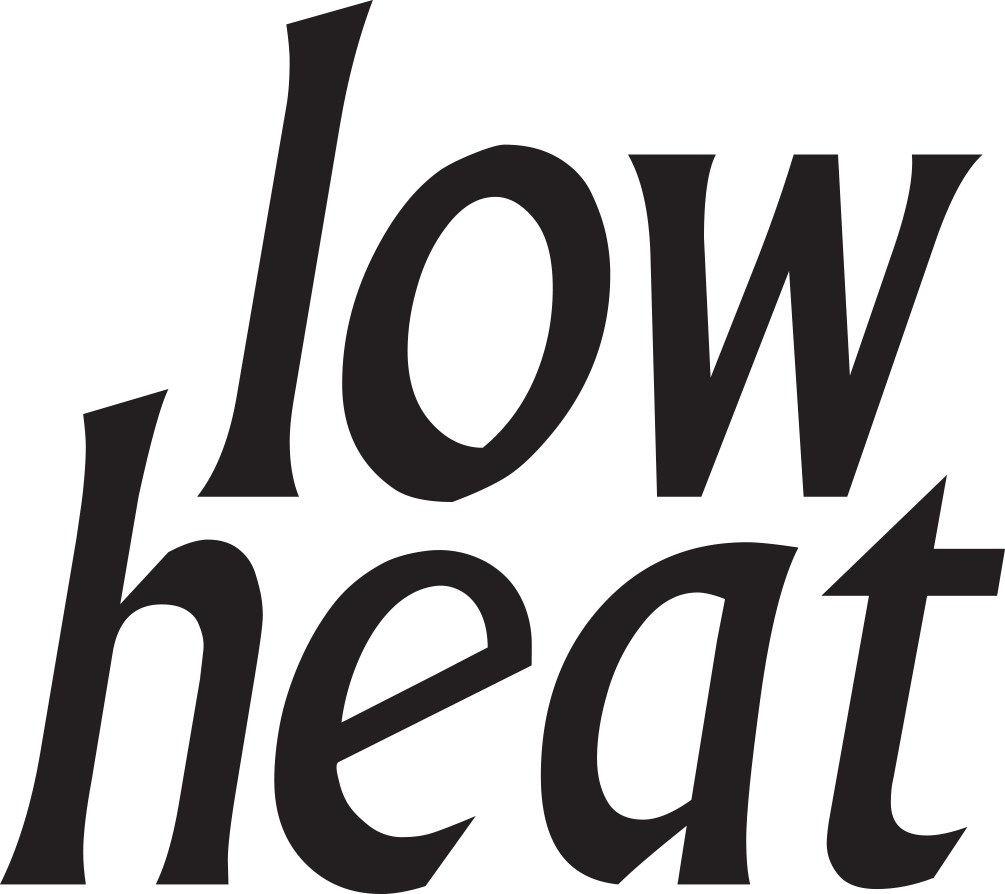low heat Material Archive
Mineral, seed, plant, animal, farm, cloth, food, architecture.
The low heat Material Archive gets real about healthy construction materials. “Natural” and “green” modifiers are not enough to make claims that buildings materials are healthy for the environment or people. Most of the materials that will become part of this archive as we build it over the years are sourced from plants and animals or minerals that are close to their raw state. The material processing will either be certified or watched closely by the end-user. low heat materials scale-up cultural trends in health and resource management. We see Oregon Tilth and USDA organic foods of Paleo and raw food diets, GOTS and Oeko-Tex textile labels, IVN leathers, and Forest Stewardship Council certified no-VOC furniture are all models for architectural specialization and certification.
Many low heat matertials are low-impact and represent short material lifecycles for buildings. Looking at these materials, we ask: Why not compost and rebuild buildings or parts of buildings (for example the cladding system) every 20 years? The consumer economy it would create is in line with positive growth and clean economy ideals. If the details are simple and carefully designed for ease of construction, longterm labor costs to maintain low heat buildings might be less than they would be for more long-lasting materials that are common in the building industry and often require extensive maintenance by specialized contractors.
The longterm goal of the low heat Material Archive is to conduct testing (for maintenance cost over time, thermal values, fire ratings, moisture and decay resistance, and indoor air quality) on buildings designed with low heat materials in order to gather data and support wider engagment with these materials.
![]()
low heat Material Collection concept design, by Jana VanderGoot, 2018
tree trunk building model, by BeckerLinn Design, 2018
low heat wall section sketch model, by BeckerLinn Design, 2018

2018, National Center for Smart Growth + low heat, Washington, DC

